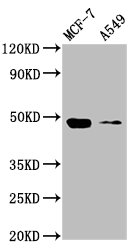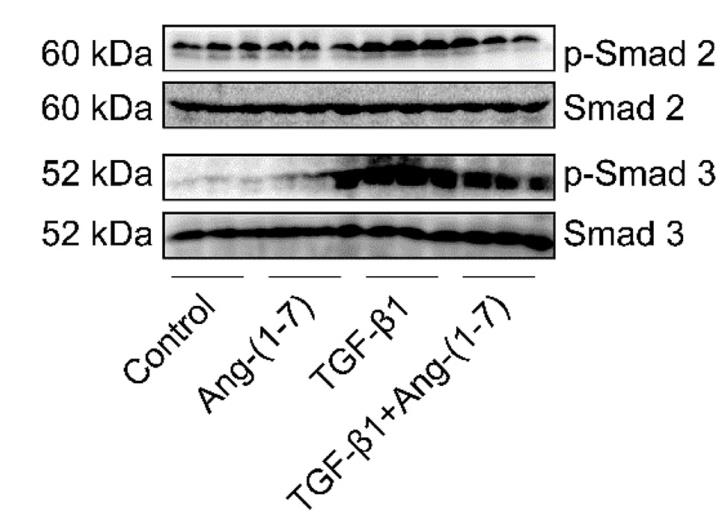Full Product Name
Rabbit anti-Homo sapiens (Human) SMAD3 Polyclonal antibody
Alternative Names
DKFZP586N0721 antibody; DKFZp686J10186 antibody; hMAD 3 antibody; hMAD-3 antibody; hSMAD3 antibody; HSPC193 antibody; HST17436 antibody; JV15 2 antibody; JV15-2 antibody; JV152 antibody; LDS1C antibody; LDS3 antibody; MAD (mothers against decapentaplegic Drosophila) homolog 3 antibody; MAD homolog 3 antibody; Mad homolog JV15 2 antibody; Mad protein homolog antibody; MAD; mothers against decapentaplegic homolog 3 antibody; Mad3 antibody; MADH 3 antibody; MADH3 antibody; MGC60396 antibody; Mothers against decapentaplegic homolog 3 antibody; Mothers against DPP homolog 3 antibody; SMA and MAD related protein 3 antibody; SMAD 3 antibody; SMAD antibody; SMAD family member 3 antibody; SMAD; mothers against DPP homolog 3 antibody; Smad3 antibody; SMAD3_HUMAN antibody
Immunogen
Recombinant Human Mothers against decapentaplegic homolog 3 protein (1-425AA)
Immunogen Species
Homo sapiens (Human)
Conjugate
Non-conjugated
The SMAD3 Antibody (Product code: CSB-PA021788LA01HU) is Non-conjugated. For SMAD3 Antibody with conjugates, please check the following table.
Available Conjugates
| Conjugate |
Product Code |
Product Name |
Application |
| HRP |
CSB-PA021788LB01HU |
SMAD3 Antibody, HRP conjugated |
ELISA |
| FITC |
CSB-PA021788LC01HU |
SMAD3 Antibody, FITC conjugated |
|
| Biotin |
CSB-PA021788LD01HU |
SMAD3 Antibody, Biotin conjugated |
ELISA |
Purification Method
>95%, Protein G purified
Concentration
It differs from different batches. Please contact us to confirm it.
Buffer
Preservative: 0.03% Proclin 300
Constituents: 50% Glycerol, 0.01M PBS, PH 7.4
Tested Applications
ELISA, WB
Recommended Dilution
| Application |
Recommended Dilution |
| WB |
1:1000-1:5000 |
Storage
Upon receipt, store at -20°C or -80°C. Avoid repeated freeze.
Lead Time
Basically, we can dispatch the products out in 1-3 working days after receiving your orders. Delivery time maybe differs from different purchasing way or location, please kindly consult your local distributors for specific delivery time.
Usage
For Research Use Only. Not for use in diagnostic or therapeutic procedures.








